Notable Natives You Can Plant Now
Notable Natives You Can Plant Now
You say you want native plants that solve your problems? Done.
“I need drought tolerant trees.”
As our weather warms and the Cape experiences periods of drought, many want landscaping that requires less water. Two native trees that are especially drought tolerant are the scarlet oak (Quercus coccinea) and the eastern red cedar (Juniperus virginiana). Scarlet oaks grow to be large, attractive shade trees with red fall color. They can grow 12 to 24 inches per year, and like other native oaks, this tree sustains many species of wildlife. Be sure to place a scarlet oak where it can get to be 60 feet tall and 40 wide over the years, since this tree has a taproot and won’t tolerate transplanting once it’s established.
Eastern red cedars can also grow tall (40 feet over time) but in the exposed areas on Cape Cod they tend to stay under 20 feet. These evergreens tolerate a range of soil types. As young plants they can be seen growing in part-shade, but as they mature these members of the juniper family do need more sun. They make a good native tree to combine with other plants in a privacy screening, and they provide by shelter and food to wildlife.
Like all drought-tolerant plants, these require regular watering through their first season to get their roots well established. Mulch with compost around plants if planting this fall.
For more tips on fall-planting, come to the free in-store class on September 10th at 3 PM.
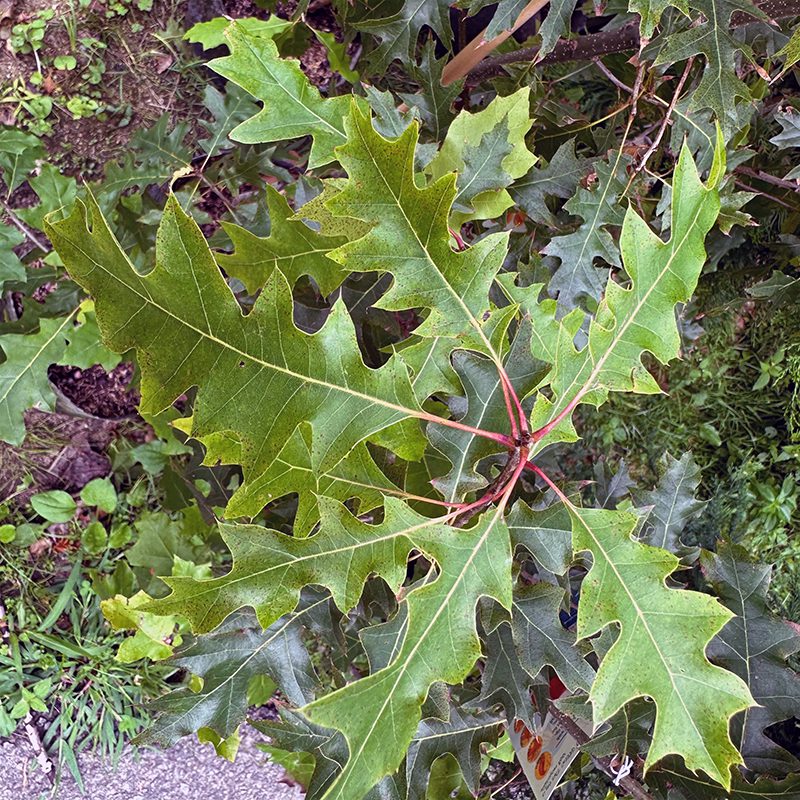
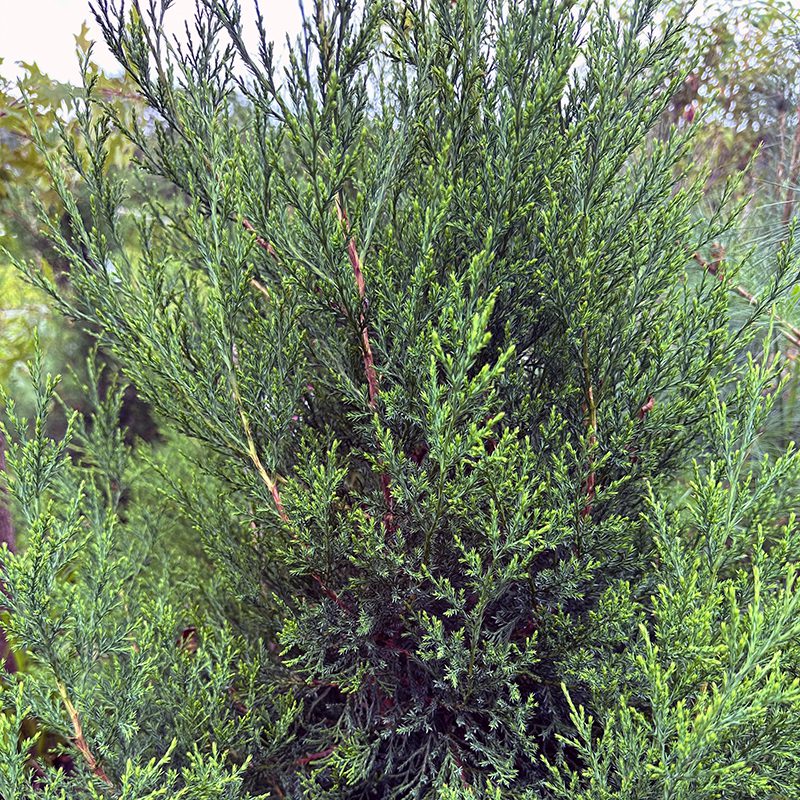
“I want plants that feed the birds.”
Although several of the plants listed in this post provide food for birds, there are two in our nursery right now that many home-landscapers treasure. Elderberries (Sambucus nigra L. ssp. canadensis) are tall-growing, vase shaped shrubs that thrive in lower parts of the yard where the soil tends to be more moist. In the wild you will frequently find elder shrubs growing in ditches along the road, or near the edges of ponds and marshes.
Blueberry plants (Vaccinium species and varieties) are valued in Cape Cod landscapes because they have attractive bark and brilliant fall color in addition to their fruit. There are shorter varieties that can be grown in large containers or planted in foundation plantings. The taller, highbush types typically grow to about 6 feet tall and 8 feet wide, and these can be planted in full sun or part-shade.
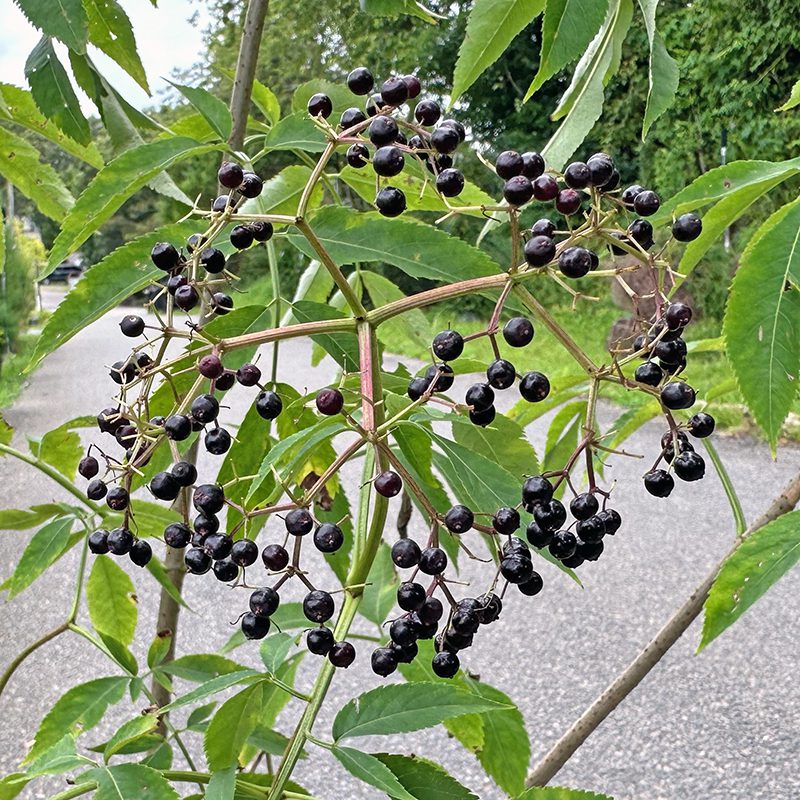

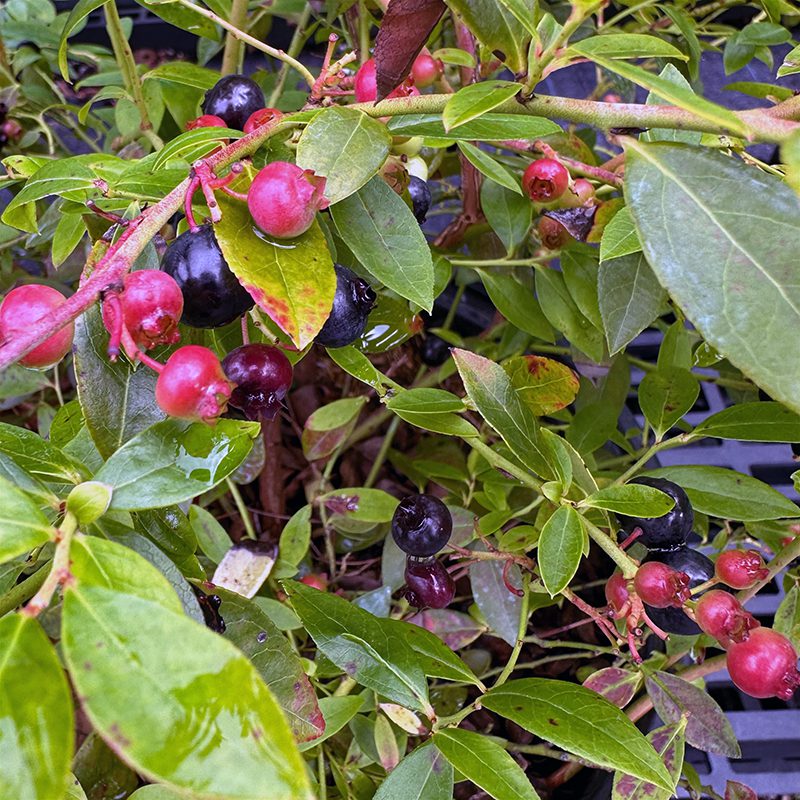
“It would be great to have fragrant plants near the deck or firepit…”
Have we got a native shrub for you. Summersweet (Clethra alnifolia) is also called sweet pepper bush, and those common names are fitting because of the sweet fragrance the flowers produce in August. The seeds look like peppercorns (but no, they are not pepper) and are enjoyed by the birds in late-winter or early spring. Clethra is also appreciated in the fall when the leaves turn a brilliant gold. There are varieties such as ‘Hummingbird’ that grow 3 to 4 feet, and others that reach 6 feet tall. Grow summersweet in full sun to part shade. In sunny areas it does well with a once-a-week watering in times of drought.
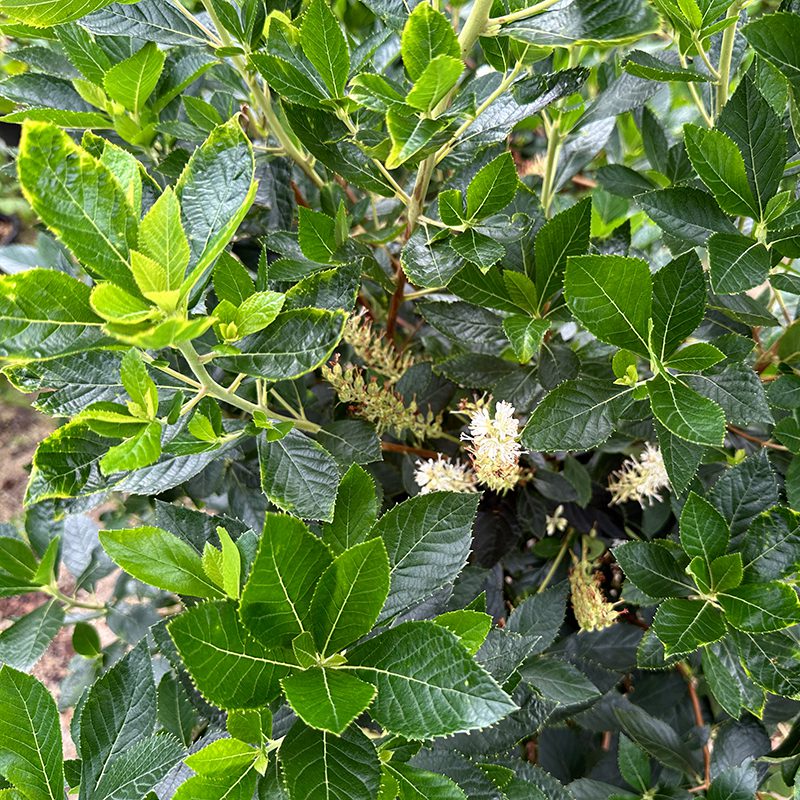
Which native shrub should I plant in a part-shade garden?
In addition to the Clethra listed above, one of my top choices for part-shade is Fothergilla ‘Blue Shadow.’ This selection of our native Fothergilla flowers in early May, has bluish leaves all summer, and fall foliage that ranges from colorful to stunning. ‘Blue Shadow’ grows about 6 feet tall and wide, and because it spreads to the sides it’s a good choice for holding the soil on shady slopes, or for filling in on the sides of a property without making a yard seem claustrophobic. Plant this with your mophead and lacecap Hydrangeas for leaf contrast, as well as early spring flowers for pollinators.
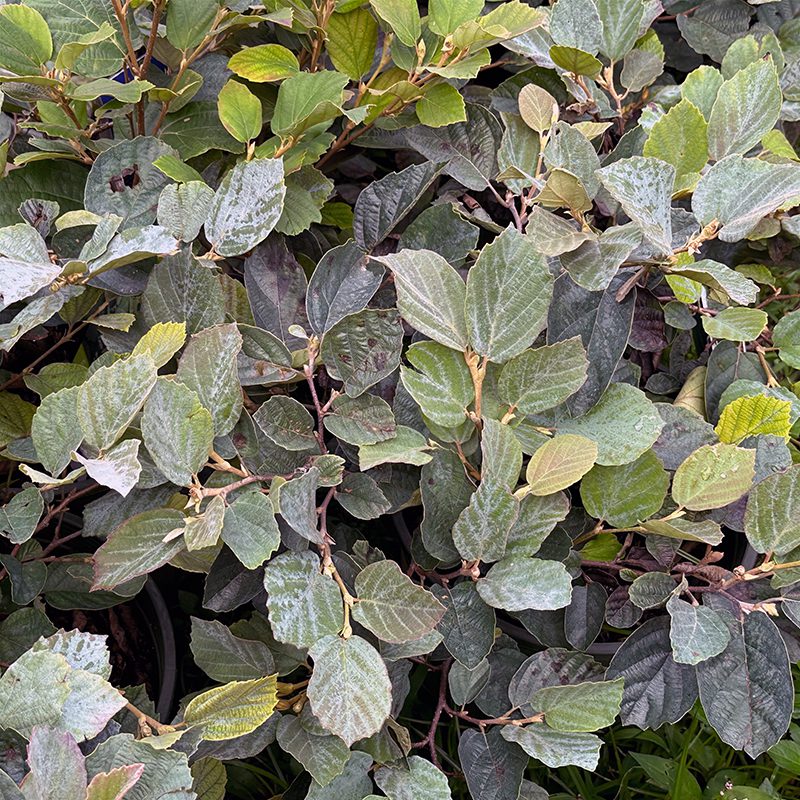
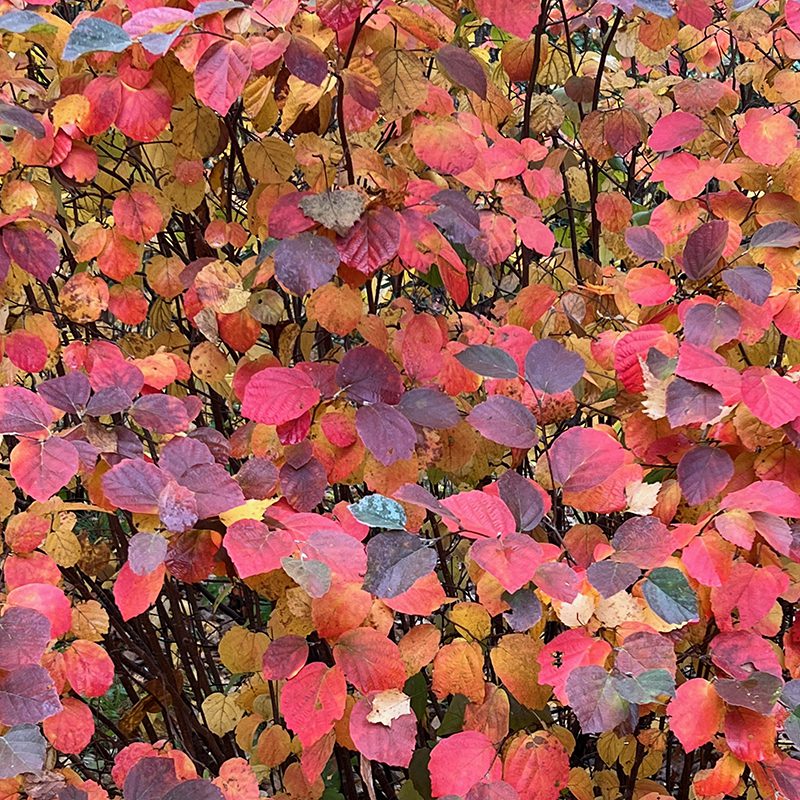
“I could use more color in my sunny gardens.”
For long-lasting color, go for foliage not flowers. Fortunately there are many of our native Eastern ninebark (Physocarpus opulifolius) shrubs that provide colorful leaves all summer in addition to their sweet flowers in June. Ninebarks grow in a vase or fountain form, and are most attractive when they are not sheared into other shapes. So place these plants carefully where they can grow even larger than the size predicted on the tags…that way you’ll be able to enjoy their graceful shape and colorful leaves without needing to prune. There are many varieties available so you’ll be able to find just the right color, texture and size for the sunny places in your landscape.
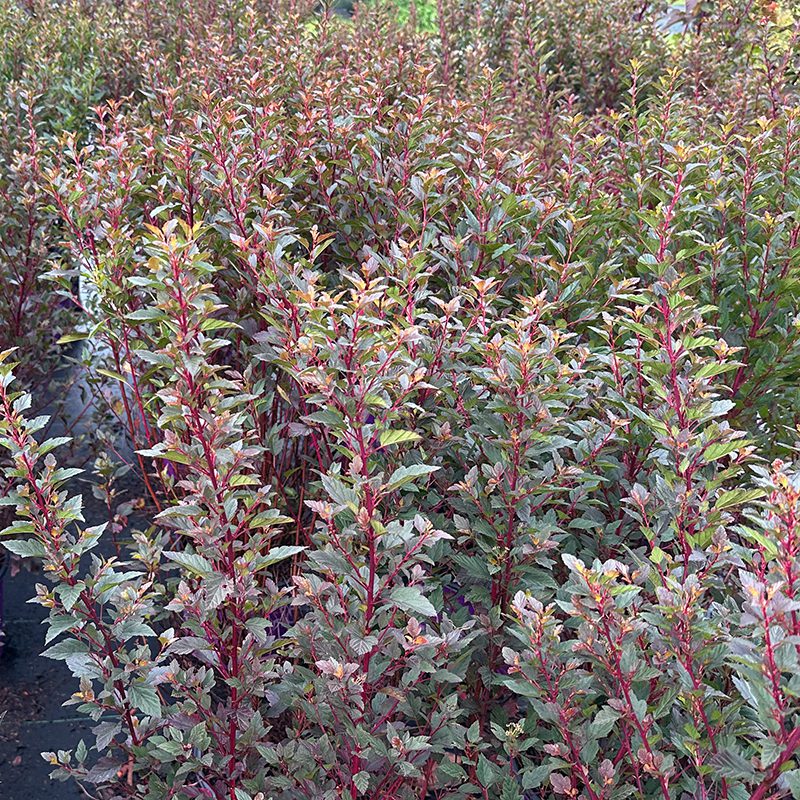
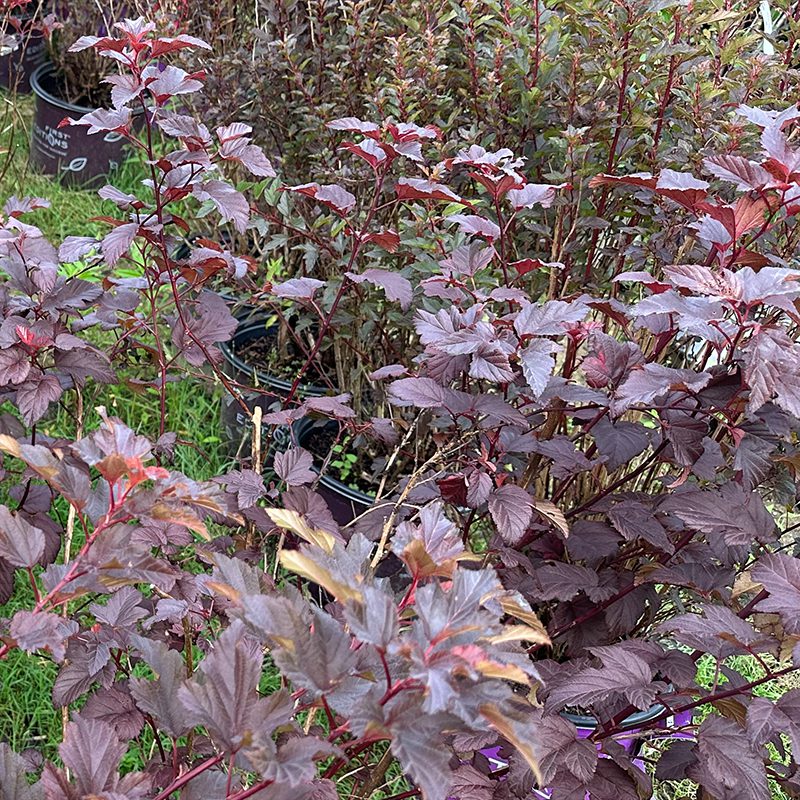
“I need plants that will thrive on a sandy slope.”
Many plants that are native to coastal regions are nitrogen-fixing, making it possible for them to thrive in nutrient-poor, sandy soils. Nitrogen fixation is something that only certain plants do. With the help of certain microorganisms, they can convert atmospheric nitrogen into a form that plants can more readily use. Several native plants have this ability, including beach plums (Prunus maritima), bearberry (Arctostaphylos uva-ursi), and bayberry (Myrica pensylvanica) being the most common. All of these would be good choices for sandy slopes.
Another nitrogen-fixing native that is attractive yet often overlooked is sweetfern (Comptonia peregrina) which is in the bay family. This is a low-growing shrub with leaves that resemble a fern and are fragrant when crushed, hence the common name. Sweetfern grows well in sun or part-shade. You’ll often see it growing on the edges of our woodlands, and in the landscape it makes a good plant to group in front of larger shrubs. This is a plant that shows off best when placed 12 to 18 inches apart in groups of six or more.
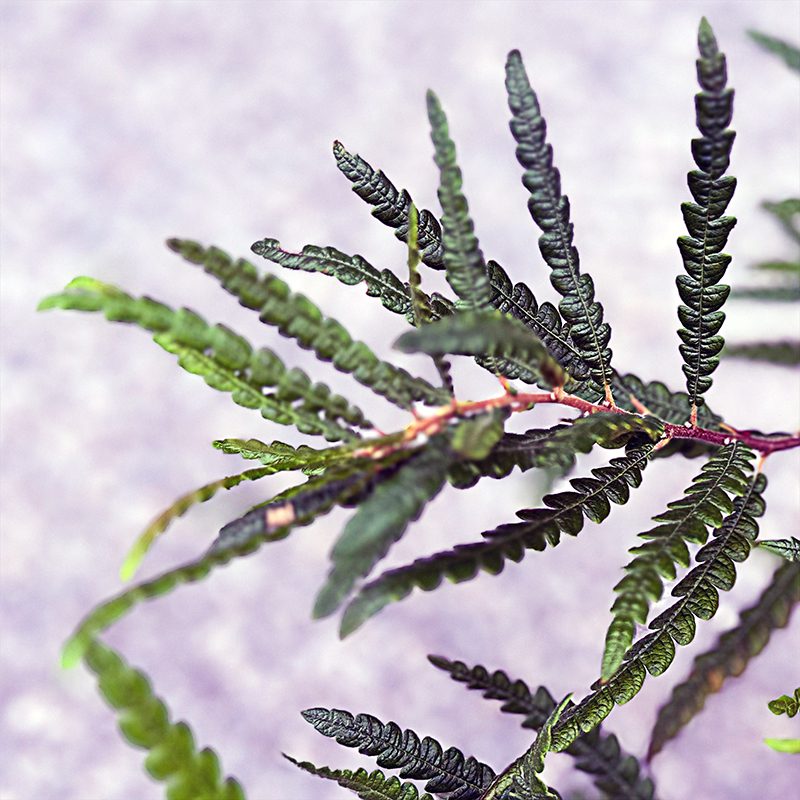
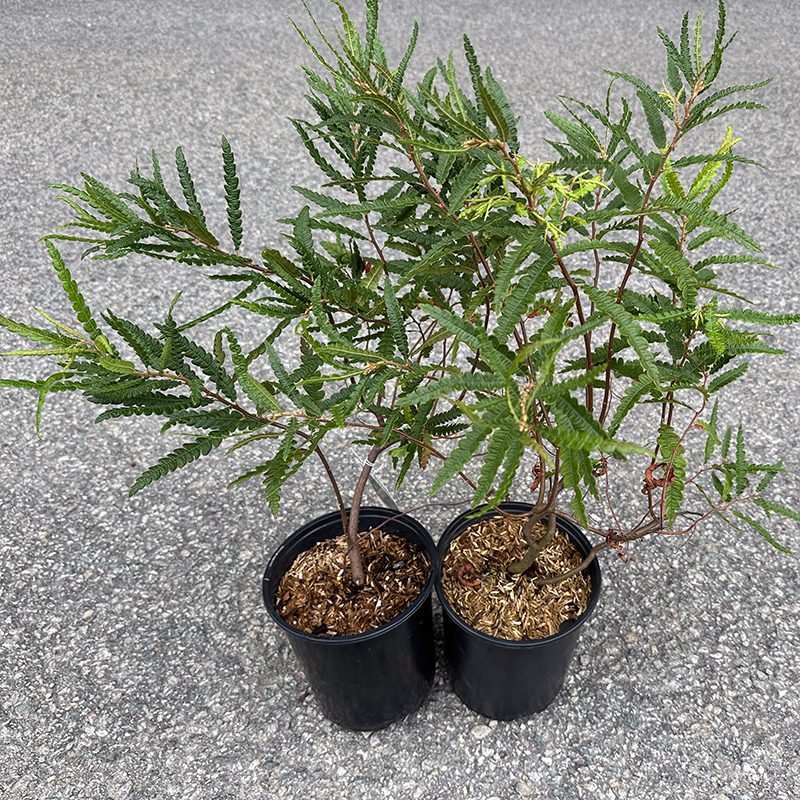
“I love grasses, but I want one that’s native. Possible?”
This is not only possible, but I predict that once you’ve grown our native switch grass (Panicum virgatum), you’ll never want to have a garden without it. This plant has a fine texture that is illuminated by the setting or rising sun, so if you’ve got places that are lit by sun at either end of the day, that’s an ideal place for some Panicum. There are many varieties that grow different heights and have assorted shades of green leaves. The seeds from this grass are eaten by ground feeding song birds, and the plants turn a lovely golden color in the fall.
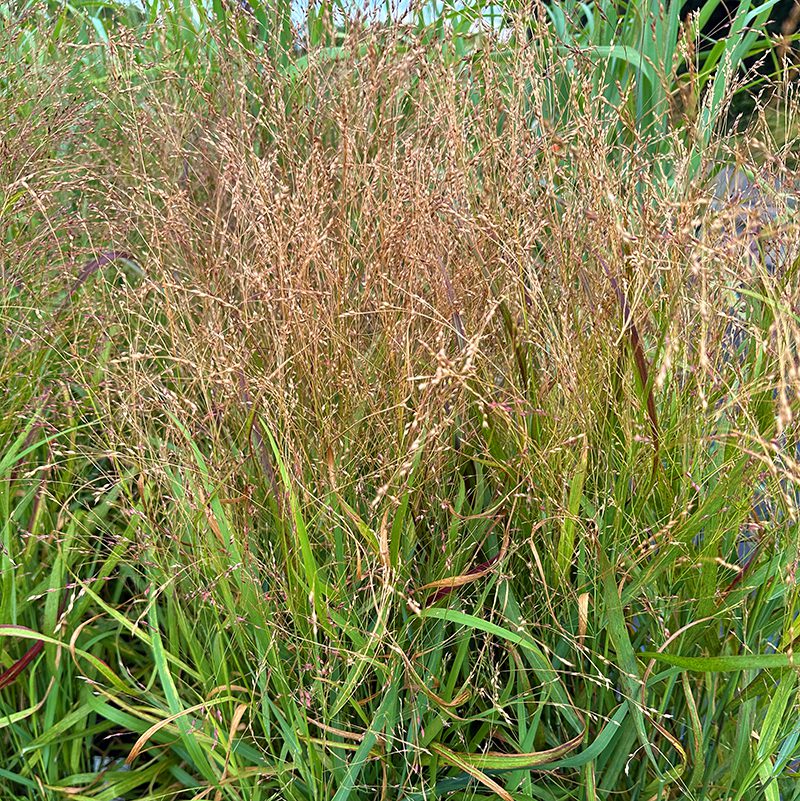
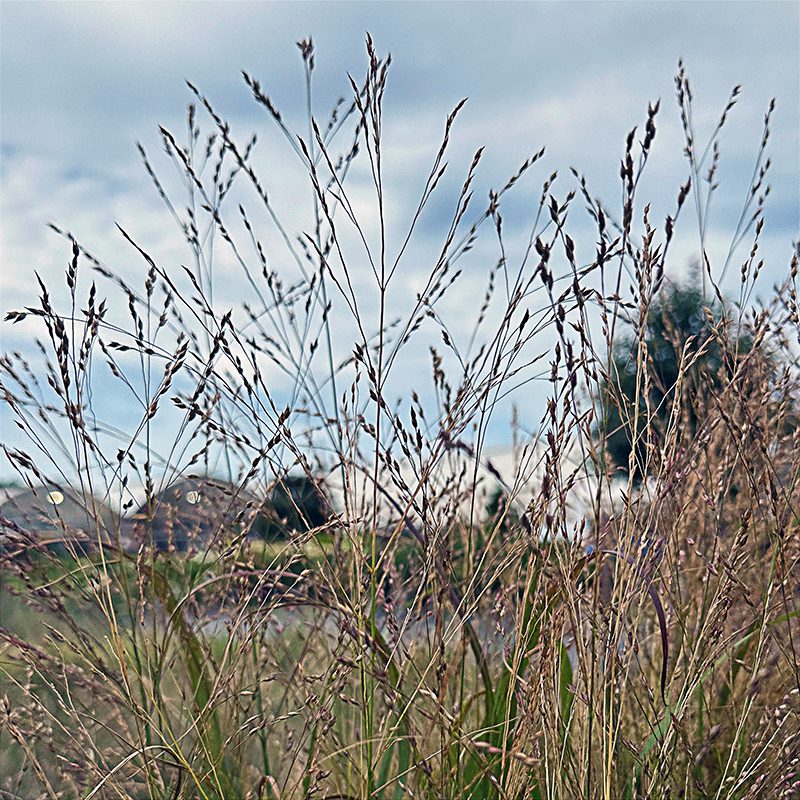
Note: These are just a few of the notable natives that are typically in stock at Hyannis Country Garden. C.L. photographed these and others in the nursery on August 14th, but the range of great plants would fill a book. What’s shown here is a blog-sized selection.
2 Comments
Leave a Comment
Subscribe To Our Newsletter
Sign up for our weekly email about sales and events.

Hi. My patio hedge of Japanese boxwood got hit hard by the box leaf caterpillar and I am anticipating replacement but want to give it a chance in case there could be some new spring leaf growth. It’s rather a formal space but I don’t shear the hedge plants preferring a natural look.
What do you think about hummingbird clethra for a border?I recently added a couple to a garden slope to fill some spots.
Any other suggestions for me to research is appreciated. I will probably need 20 shrubs.
Thanks!
We love Hummingbird Clethra but be aware that it grows to 4 feet tall and 5 feet wide… There are miniature Spireas (not native) that would stay smaller. In the world of natives, you can find varieties of blueberry bushes that stay under two feet and these make a good border.